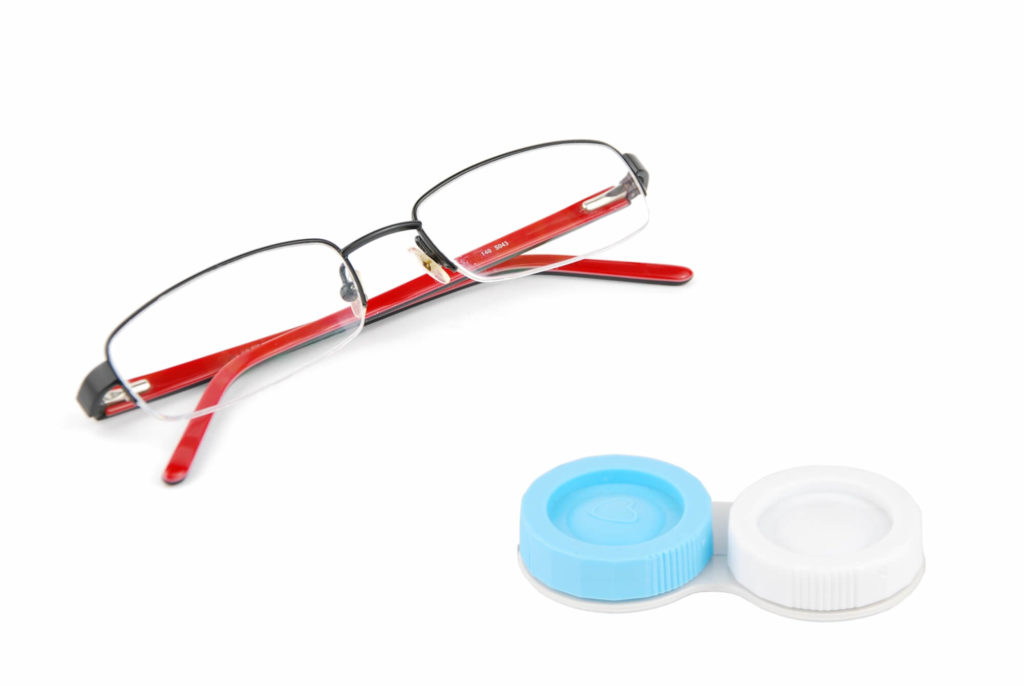In 1862, a Dutch ophthalmologist, Herman Snellen, came up with a system for measuring visual acuity. Known simply as the Snellen fractions, the test involves you standing at a certain distance from the item you are trying to view. In the US, the standard distance is 20 feet, and hence 20/20 is the ideal visual acuity here. In some countries, the distance is 6 meters, and they use different fractions. Typically, when you go in to check your eyesight, you will have to read a chart that has letters of the alphabet written in rows, which vary in terms of sizes.
When you are standing 20 feet away, you have to read the smaller lines. If you are able to view the letters clearly and read them out without error, you are considered to have normal visual acuity, defined by the 20/20 rating. The chart has different fractions, i.e. 20/60, where you are asked to read the larger letters above the 20/20 line. Some people have better than normal visual acuity, where the fractions are 20/15 or 20/10, and so on.
People who are only able to read the biggest E at the top of the chart have 20/200 visual acuity. If that is the only letter that you can read clearly, you will be deemed legally blind. People who can read below the 20/20 line clearly, and can reach 20/10 visual acuity have twice as sharp eyesight than a person with normal vision.
Defining Normal, Healthy Vision
Generally, young people with healthy eyes are able to read the letters on the 20/15 line on the Snellen chart. In some cases, they may be able to read even smaller letters, which indicates that they have good visual acuity. However, the charts have improved since the time they were first introduced and the quality of printing ensures more people are able to read it clearly.
If you have 20/20 vision, you can see most items clearly and will have no problems reading or watching TV. However, in some cases, people have higher-order aberrations (HOAs) where they have 20/20 vision but even then aren’t able to see sharply enough. In that case, some treatment would be required to correct the aberrations and afterwards, you will be able to see properly.
That being said, in most cases, 20/20 vision is as good as it gets. In normal lighting and with no other external factors involved, you won’t have to strain your eyes to read or see something. That being said, having better visual acuity is always a blessing.
Defining “Perfect Vision”
Technically, there is no such thing as ‘perfect vision’. It depends on the purpose you are using your eyesight for. For instance, if you are driving on the road with the sun beating down, visual acuity is the main concern. If your visual acuity is excellent, then your vision is ‘perfect’ in that situation. However, if you wearing sunglasses that feature anti-reflective coating, you will be able to see the road better and enjoy a better experience while driving.




